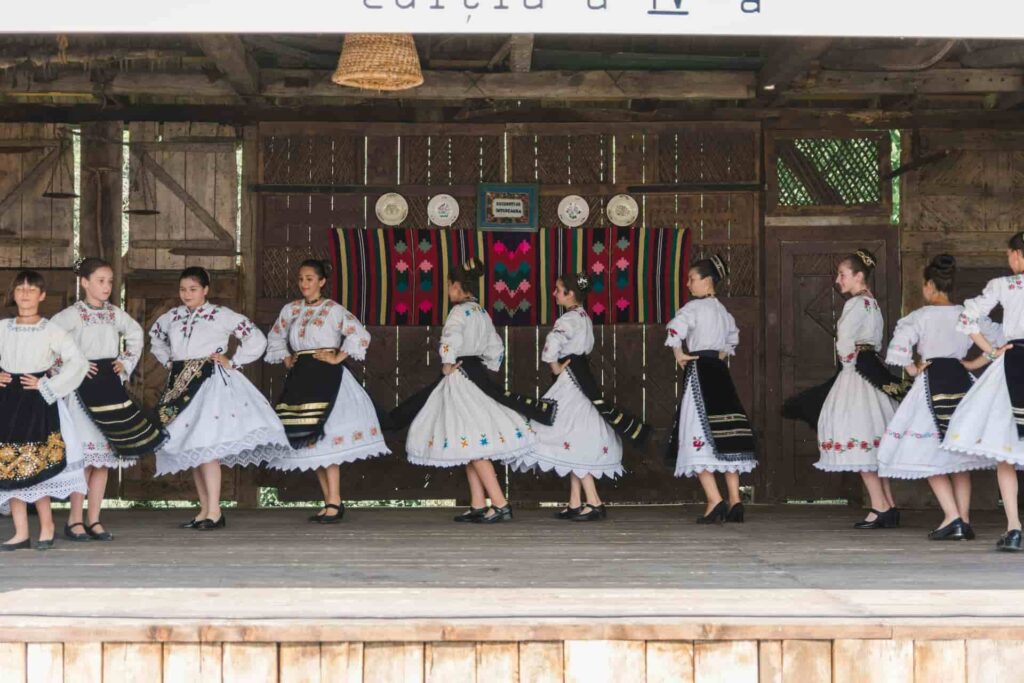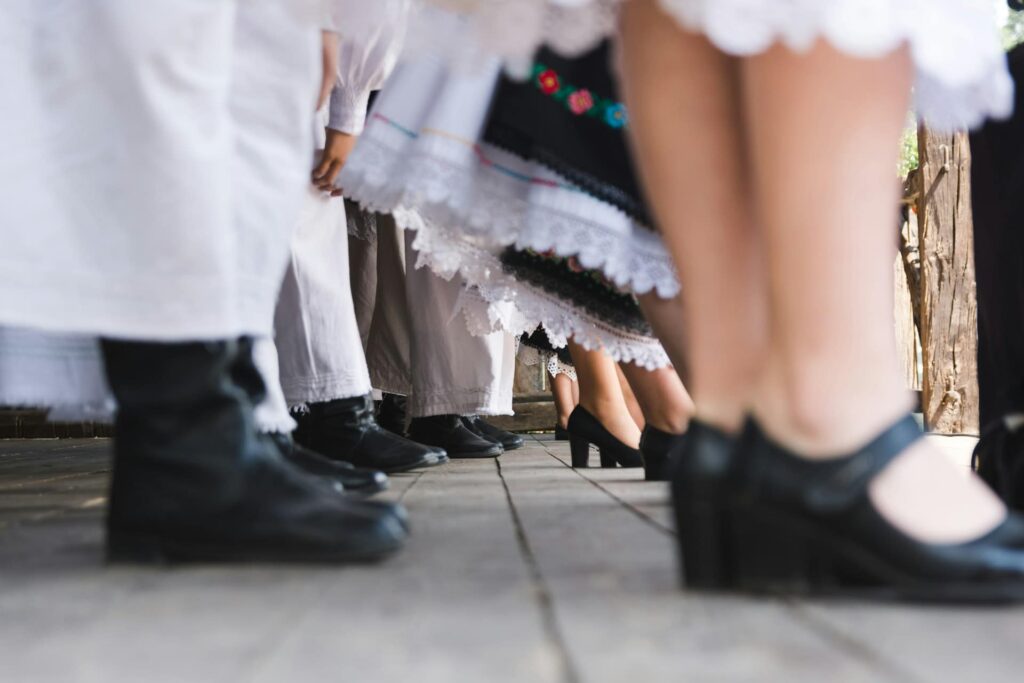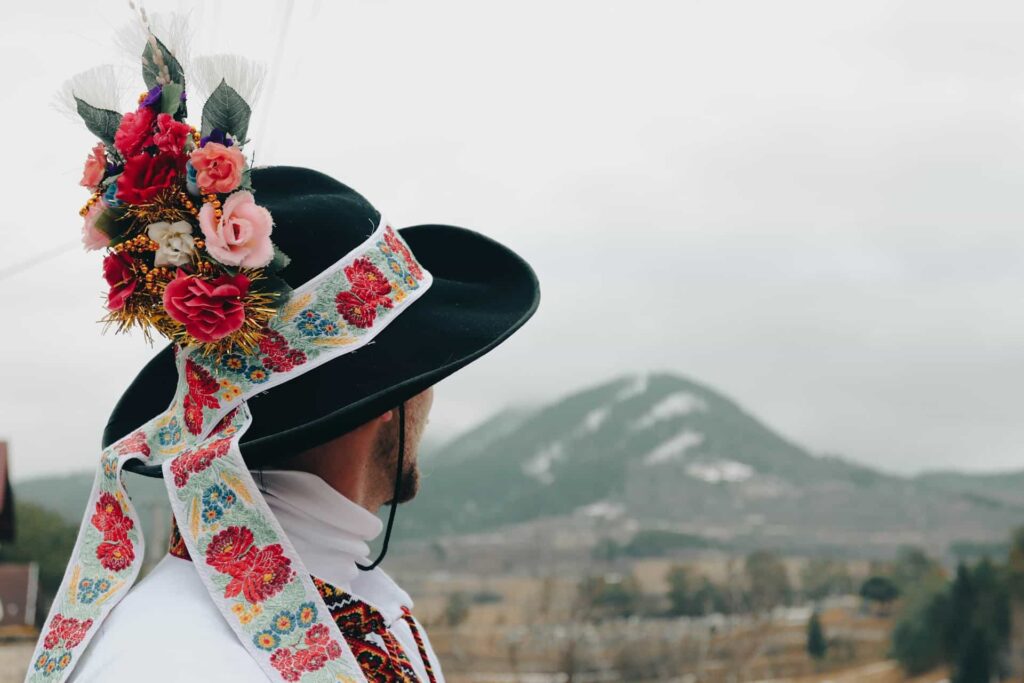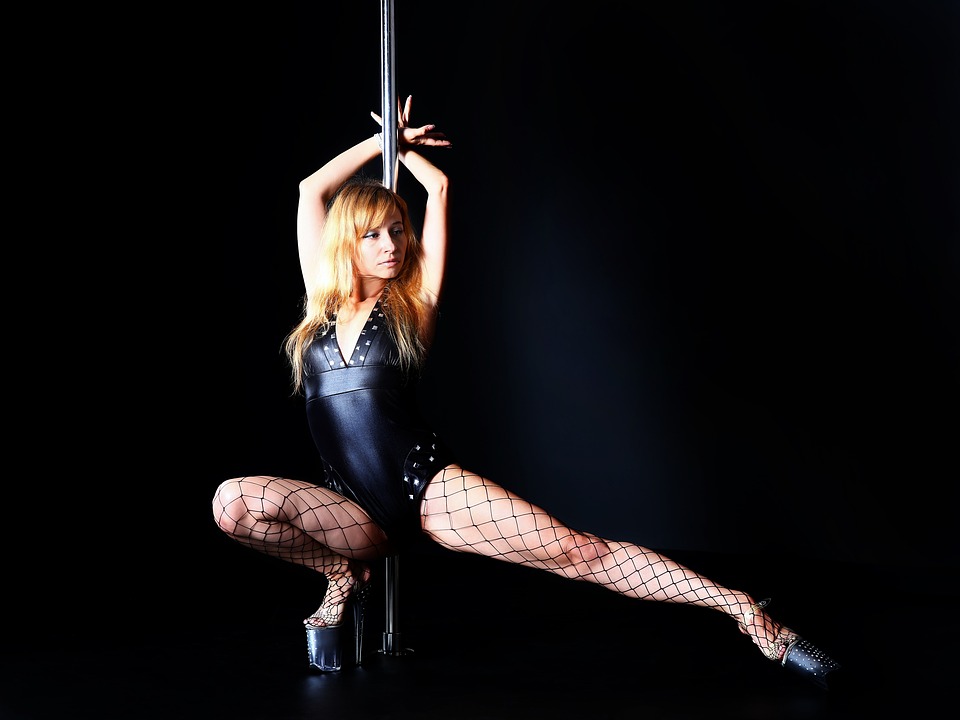
Summary
Greek dance: discover the greatest dances in the country
Welcome to the captivating world of Greek dance, where tradition and passion meet. Whether you are a novice or an experienced dancer, this article offers you a complete guide to learning traditional Greek dances. From the energetic Sirtaki to the graceful Kalamatianos, discover the steps, rhythm, and story behind each dance.
Summary
Understanding Greek dance
Do you want to master the Greek dance that captivates hearts and brings people together? This article is designed to guide you through essential techniques and immerse you in the cultural context that brings these age-old traditions to life.
Dancing in Greece is not limited to simple entertainment; it is a window into the deep history and traditions of the country. Since ancient times, dance has played a pivotal role in ceremonies, festivities and community life in Greece. From Minoan frescoes to the writings of Plato, dance is often cited as a major form of artistic expression and a key element of education.
In villages, dance continues to be a vector of social cohesion, transmitting values such as honor, community and resilience. Each region of Greece has its own dances, which vary greatly from place to place, reflecting the cultural and historical diversity of the country. These dances are not only performed during festivals or special celebrations, but also at local gatherings, where several generations come together to share their common heritage.
The different types of Greek dances
Greece is rich in varieties of dances, each with its own characteristics and meanings. Here are some of the most iconic:
THE Sirtaki, popularized by the film “Zorba the Greek”, is a dance that combines elements slow And fast, reflecting the spirit of life with its ups and downs.
THE Kalamatianos, often performed at weddings and other large celebrations, is a line dance where dancers hold hands, symbolizing the unity and continuity of the community.
THE Tsamiko is known for its bold leaps and moves, traditionally danced by men, illustrating courage and strength.
Each dance communicates emotions and tells a story that together weave the rich fabric of Greek culture. By learning these dances, one does not just master steps, but dives deep into an art that awakens the soul to joy, sorrow, love and struggle.

The basics of Greek dance
At the heart of all Greek dance, rhythm and music play crucial roles, guiding the dancers' movements and enhancing the atmosphere of each piece. The rhythm of Greek music often varies, complex and lively, it invites an almost spiritual communication between the musicians and the dancers. To grasp the essence of Greek dances, it is essential to feel this rhythm, to let it guide the feet and bodies according to ancestral melodies.
Music, with its traditional instruments like the bouzouki, there lyre and the lute, creates a distinctive sonic texture that is instantly recognizable and deeply emotive. These instruments not only accompany the dancers; they tell stories, express joys and sorrows, and celebrate life itself.
Traditional Greek instruments
THE Bouzouki : Often at the heart of Greek folk music, this plucked instrument, with its clear timbre and deep resonance, is a mainstay in dance ensembles.
There Lyre : More melodic, the lyre is frequently used in the island regions of Greece, adding a lyrical and almost mystical layer to dance music.
THE Lute : Cousin of the bouzouki but with a softer and rounder sound, the lute complements the harmonies and enriches the soundscape of dance performances.
Basic steps common to Greek dances
Understanding the basic steps is essential for anyone who wants to truly dance Greek. These movements are both a ritual and a celebration, a way to connect with the past while sharing a moment of collective joy.
The basic step of Sirtaki
Sirtaki is structured in a progressive manner, starting slowly and then speeding up. The basic step begins with a slow, measured movement, the feet almost sliding across the floor in response to the quiet notes at the beginning of the music. As the music intensifies, the steps follow, becoming faster and more dynamic, reflecting the quickening pace.
The basic step of Kalamatianos
Kalamatianos, traditionally danced in a circle, is guided by a 7-step sequence of steps that requires precise coordination and synchronization. The dancers hold hands, forming a chain or open circle, and move forward following the lively rhythm of the music. This basic step, although repetitive, allows for a variety of improvisations and individual expressions while maintaining group unity.
These rhythmic foundations and steps are not just techniques to master, but invitations to enter into a larger community and tradition that celebrates life in every bar and step.
Learn specific Greek dances
Sirtaki is undoubtedly one of the most famous Greek dances internationally, thanks to its immortalization in the film “Zorba the Greek”. This dance is not traditional from antiquity but was created for cinema, mixing elements of authentic Greek dances. It symbolizes the free spirit and contagious joy of Greek culture. Sirtaki is a progressive dance that starts slowly and speeds up, a metaphor for how life's challenges are approached with increasing vigor and enthusiasm.
History and origin of Sirtaki
Although recent, the history of Sirtaki is imbued with a deep nostalgia for an ideal of conviviality and fraternity. Created in 1964 by choreographer Giorgos Provias for the film by Michael Cacoyannis, this dance quickly became a national symbol, representative of Greek identity, despite its cinematic origins.
Steps to learn Sirtaki
Start in Position: Standing with your feet together, keep your body relaxed but ready to move.
The Slow Step: Move the right foot to the right by sliding – not lifting – then follow with the left foot to meet the right foot. Repeat on the left. This slow movement initiates the rhythm of the dance.
Acceleration: As the music gets faster, the steps become smaller and faster. The hands gradually rise from the waist until they are extended toward the sky.
Energy Climax: When the music reaches its climax, the movements are fast and energetic, reflecting an explosion of joy.
Kalamatianos: traditional line dance
Kalamatianos is a traditional line dance, performed during many celebrations, including weddings and national holidays. It is characterized by a 7/8 rhythm, which invites both coordination and joyful expression.
Meaning and context of Kalamatianos
This dance is deeply rooted in Greek hospitality and community. By dancing Kalamatianos, participants celebrate their connection to the land and traditions passed down from generation to generation. Each step and turn taken together strengthens community bonds and solidarity between dancers.
Kalamatianos step-by-step tutorial
Line formation: The dancers hold hands, forming a line or circle.
No base: The basic movement is done by counting to seven. Start with the right foot, take a step forward, follow with the left foot, then the right foot passing behind the left, and continue in rhythm.
Turn around : While maintaining the steps, the dancers turn in a circle, allowing each participant to face in and out of the circle, symbolizing inclusion and welcome.
Tsamiko: the dance of warriors
Tsamiko is often called the warrior dance because of its majestic movements and dignified bearing. It is danced primarily by men, although women also participate, showing strength and grace.
The symbolism of Tsamiko
Every jump and pose in the Tsamiko is loaded with meaning, representing courage, honor and pride. This dance is a celebration of resilience and strength, reflecting qualities admired in Greek culture.
Guide to performing Tsamiko
Starting position: Stand tall, with pride and dignity.
Jumps: Perform controlled jumps, often by raising one knee and then kicking your heels.
Slow steps: Between the jumps, slow, measured steps are performed, accentuating the majesty of the dance.
Each specific dance offers a window into various aspects of Greek culture, inviting dancers to explore not only physical movements but also a rich cultural heritage.

Conclusion
Discovering Greek dances is diving into a world where tradition and rhythm meet to celebrate life. The foundations of these dances, from the inspiring rhythm of Sirtaki to the coordinated steps of Kalamatianos, offer an accessible entry point to all those who wish to learn. Every movement and musical note tells stories of community and heritage, enriching your dance experience.
Deepening your practice through detailed tutorials allows you to master not only the steps, but also to understand the cultural context that gives these dances their true meaning. Sirtaki, Kalamatianos, and Tsamiko are not simple dances; they are a journey through Greek history and emotions.
Learn to dance with DECIBEL
If you love to combine dance And cardio, DECIBEL® is the perfect place for energetic classes. Our sessions 45 minutes merge dance and fitness, improving your endurance and refining your figure.
Explore a range of dynamic choreographies in a warm atmosphere. Guided by our motivated coaches, focus on strengthening your abs, thighs and glutes, in a vibrant setting with rhythmic music and soothing lighting.
At DECIBEL®, pleasure is at the heart of each session!
Read also
follow us
on instagram
Follow our news,
take advantage of our tutorials and participate to our
contests!
BREAKING NEWS!
Receive our newsletter.






